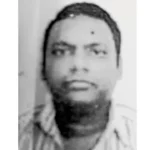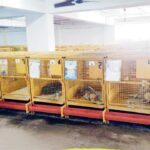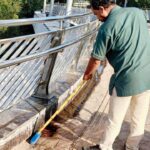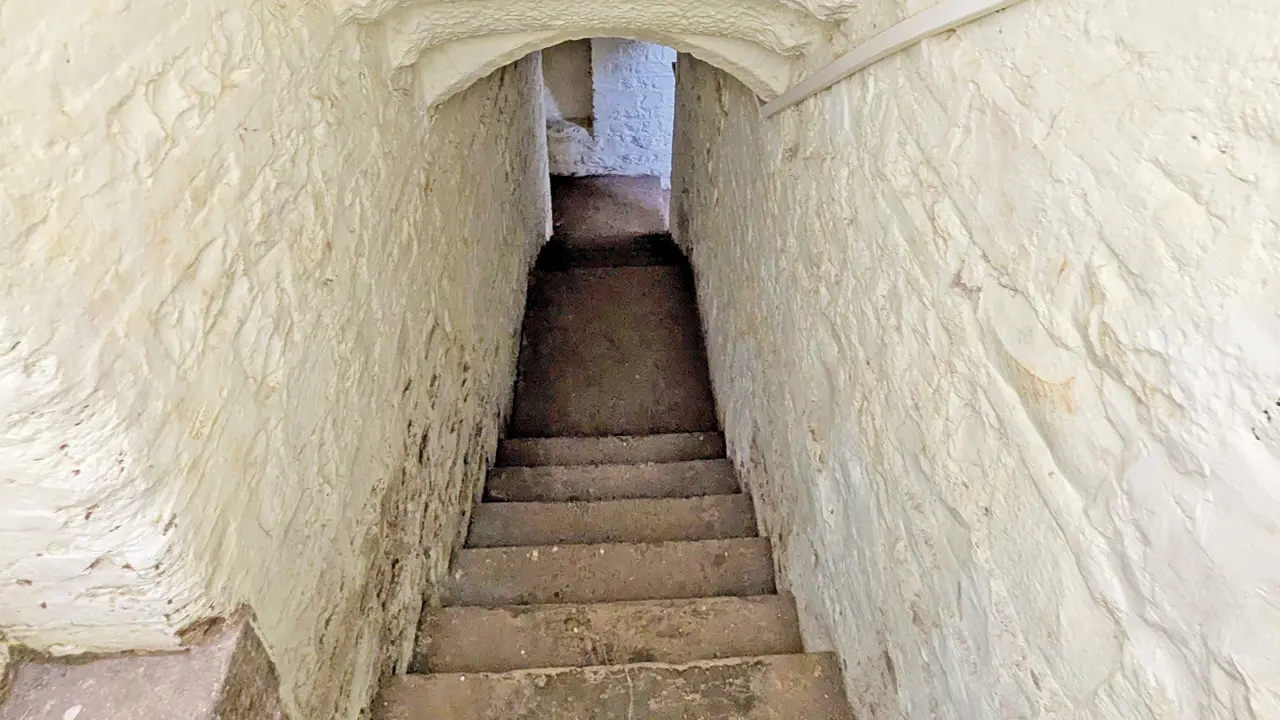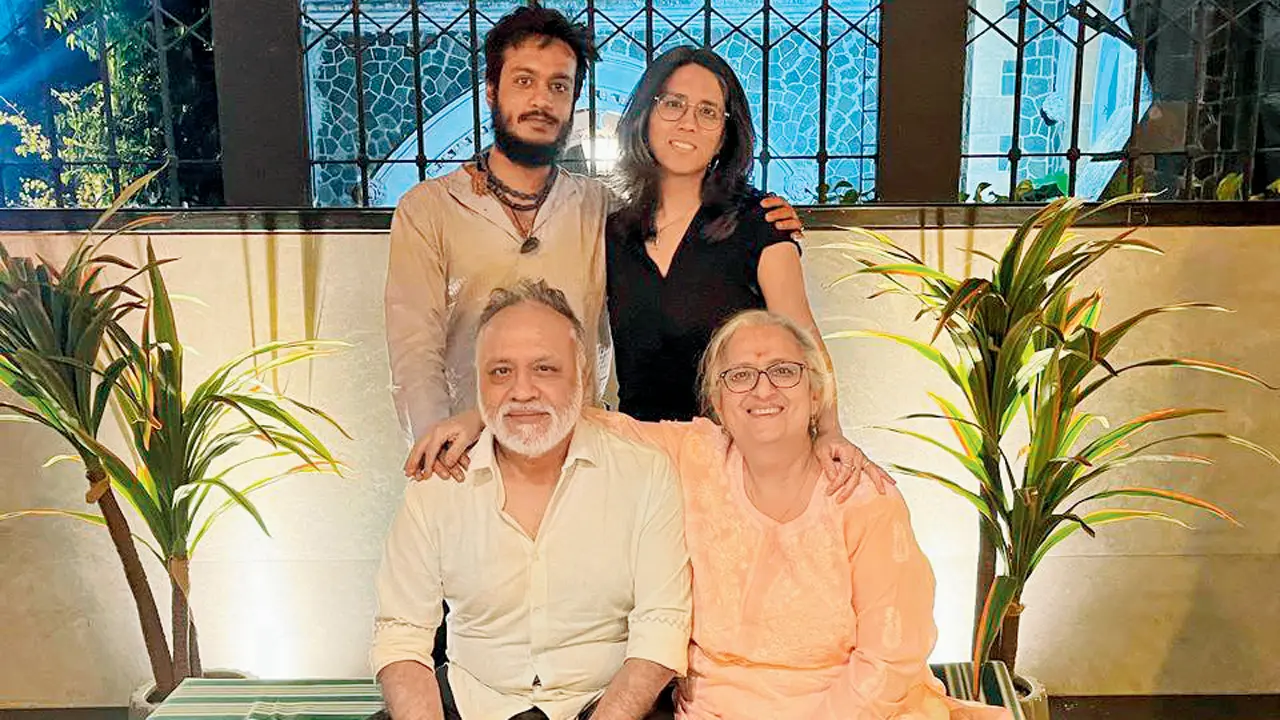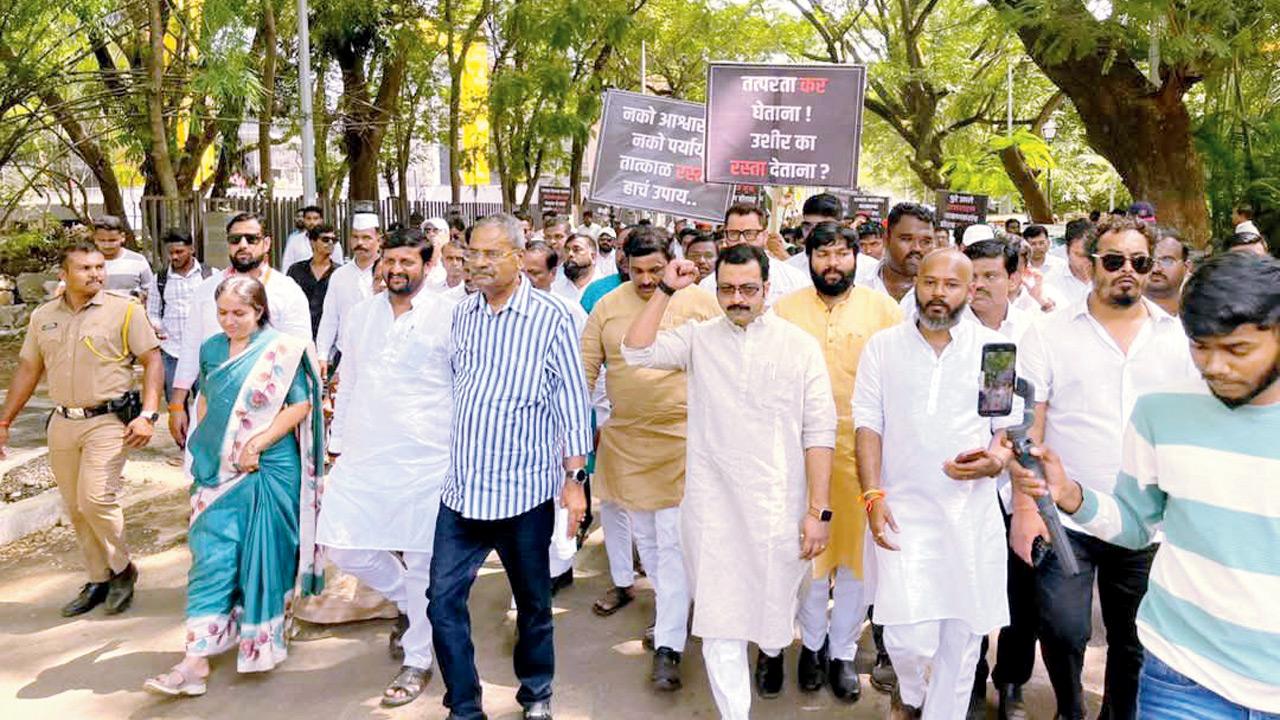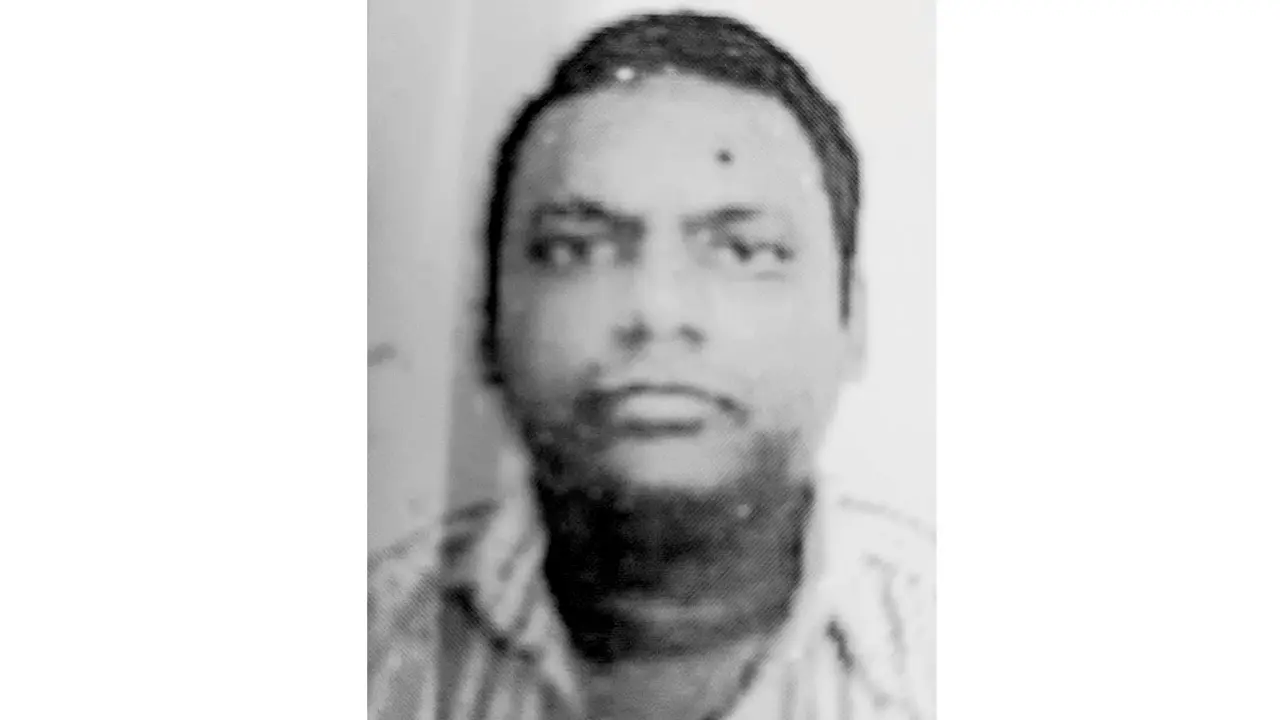Chhatrapati Shivaji Maharaj Terminus (CSMT), the city’s most celebrated railway landmark, has lifted the curtains of its most closely-guarded secrets — an underground vault where, for nearly a century, cash from ticket counters and stations across the city was stored overnight before being dispatched to banks the next morning. The strongroom was recently restored and lit up as part of the overall conservation of the ground floor of the heritage building. Part of CSMT architect FW Stevens’s floor plans, the chamber, located below the old cash office, once held the daily earnings of the erstwhile Great Indian Peninsula Railway.
According to a railway folklore, a secret passage connects the vault to the Reserve Bank of India, but this is untrue
A heavy iron door with twin interlocking keys seals off the well-like basement where coffers were lowered through a 4×4-foot caged lift — hand-cranked with mechanical pulleys until 1967, later electrified. A special funnel was even used to pour coins straight into the vault. All the walls still have the iron doors that were once used to deposit the cash trunks.
A small door on the ground floor of CSMT headquarters through which cash bags would be dropped into the strongroom
At its peak, officials say, the office handled some of the busiest railway earnings in Asia. While operations ceased by the early 2000s when banking systems changed, the room’s fascination lived on in railway folklore — including tales of a secret passage once connecting the vault to the Reserve Bank of India nearby, though in reality, there is nothing of the sort. The vault was in full use till the 1970s, after which its use became minimal, though it remained functional and was guarded until 2002. In fact, one can still see that the last cash box deposited on the electrical lift is dated NGP 2002, which means it came from Nagpur that year.
A 4×4-foot caged lift, which was hand-cranked until 1967, that was used to lower coffers into the strongroom
Over the years, the cash office itself was partially repurposed into the CSMT Heritage Gallery, while the adjoining section is now being readied as the vigilance office. Railway officials confirmed that the old strongroom has been revived with new lighting and will decide later what to do with it. Heritage enthusiasts suggested it be made a part of curated heritage tours.
The staircase that leads one to the well-like basement that houses the cash vault. PICS/SAYYED SAMEER ABEDI
“This isn’t just a vault; it’s a piece of railway history carved into the foundations of CSMT. This is how seriously cash security was treated in those days — the design itself speaks of the vision of its original architect. It was a different era, one that many used to today’s world of digitisation may not easily be able to grasp. Cash boxes from every station were brought in from local trains guarded at the cash office of the headquarters, and the steel trunks carrying currency notes and coins were lowered down with the help of a hoist lift, earlier operated mechanically, but subsequently electrically,” a senior Central Railway official told mid-day.
The emblem of a Victorian lock firm
“The cash office used to be our treasury. Adjoining the cash office was the old Railway Post Office, the entrance of which was near the area where the bus depot, originally a tram terminus, stands today,” he added. With its revival, the iron-coffer vault joins CSMT’s growing list of heritage attractions, proving the old era engineering brilliance and secret corners of their UNESCO-listed terminus.



